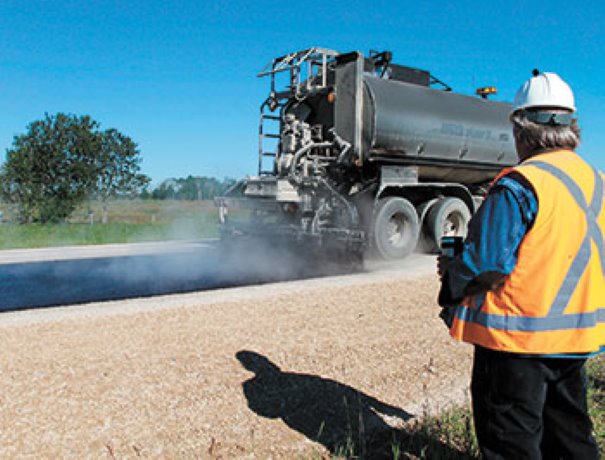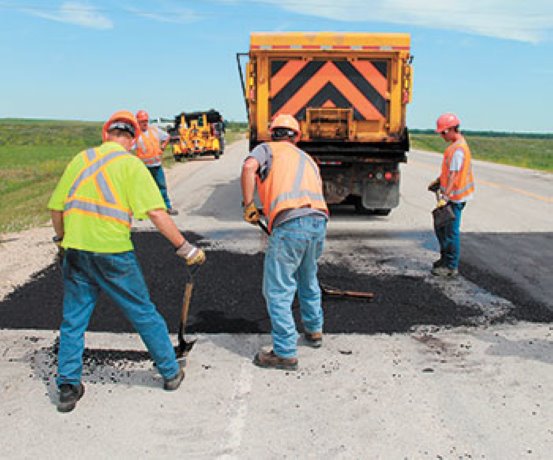The extensive flooding in 2011 in western Manitoba forced the province’s Infrastructure and Transportation Department to do damage control in more ways than one.
Nonetheless, the department’s second five-year Highway Renewal Plan – incorporating the 2011-2015 construction seasons – is humming along reasonably well.
“The 2011 flooding put tremendous pressure on our staff,” said Ron Weatherburn, executive director of construction and maintenance for the Infrastructure and Transportation Department.
“The flood fight and resulting damage to our bridge and road networks in western Manitoba took priority over some other projects. We had to rethink our priorities. We are still working on replacing a number of damaged bridges.”
On the other hand, one of the strengths of the five-year plan is its flexibility, which allows planners to take into consideration new developments and changing budgets, Weatherburn noted.
In 2006, the province made a commitment to spend $4 billion over 10 years in infrastructure renewal.
The plan was based on extensive analysis and comments from a broad range of stakeholders.
The original five-year Highway Renewal Plan (2007-2011) provided the blueprint for restoring aging roads, bridges and structures.
The current five-year plan is building on the momentum of the first plan.
Work is taking place on roads and bridges in all parts of the province.
“We update the plan every year to optimize what can be done over the next fiscal year,” Weatherburn said.
“We also keep the public up to date about what major projects are on tap.
“We are also revising the plan every two or three years to stay current.”
Weatherburn reported that the construction industry has responded extremely positively to the plan.
“Contractors appreciate the lead time,” he said.
“It gives contractors the time to plan the work in an organized fashion. It allows them to understand what types of projects are being planned and where they are so as to maximize their resources.
“If they see there is more bridge work being planned, they can direct their investment to that type of equipment. They also have enough lead time to locate gravel sources and other supplies well in advance of construction.”
For the government, Weatherburn added, the plan has resulted in better tender quotes.
He noted that for bridges, it takes up to five years from the design stage through environmental approvals to the completion of construction.
The process for roads takes up to two years.
He said that the budget for the 2013 construction season was $393.5 million, as compared to about $350 million for 2012.
Much of the difference was as a result of two major projects cost-shared between the governments of Canada and Manitoba – with each contributing $50 million.
These projects are the completion of CentrePort Canada Way, a new roadway connecting CentrePort, which is based at the James A Richardson International Airport in Winnipeg, to the national and international highway system, as well as intersection reconstruction of the Trans-Canada Highway through Headingley.
The intersection is just west of Winnipeg.












Recent Comments
comments for this post are closed